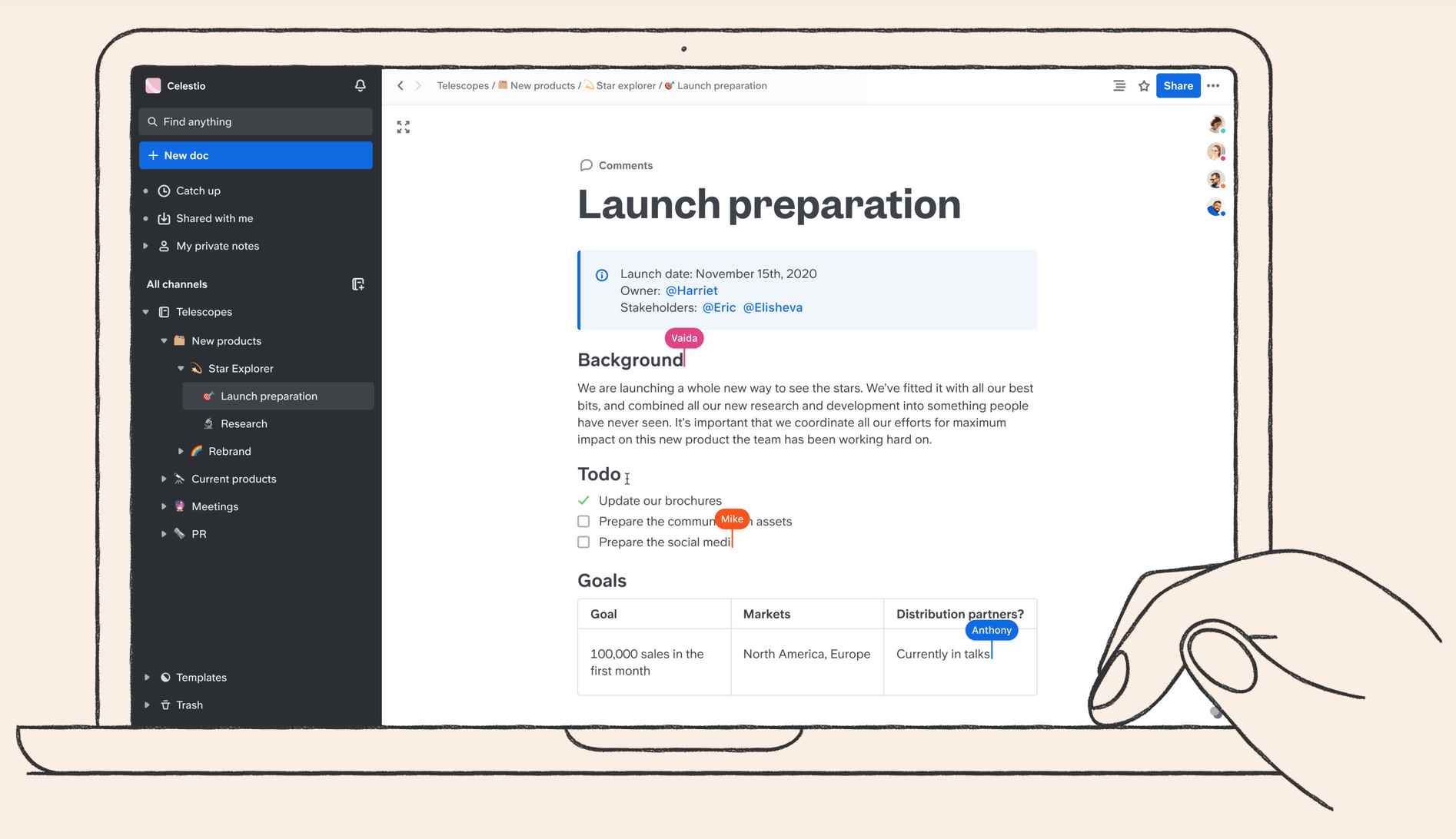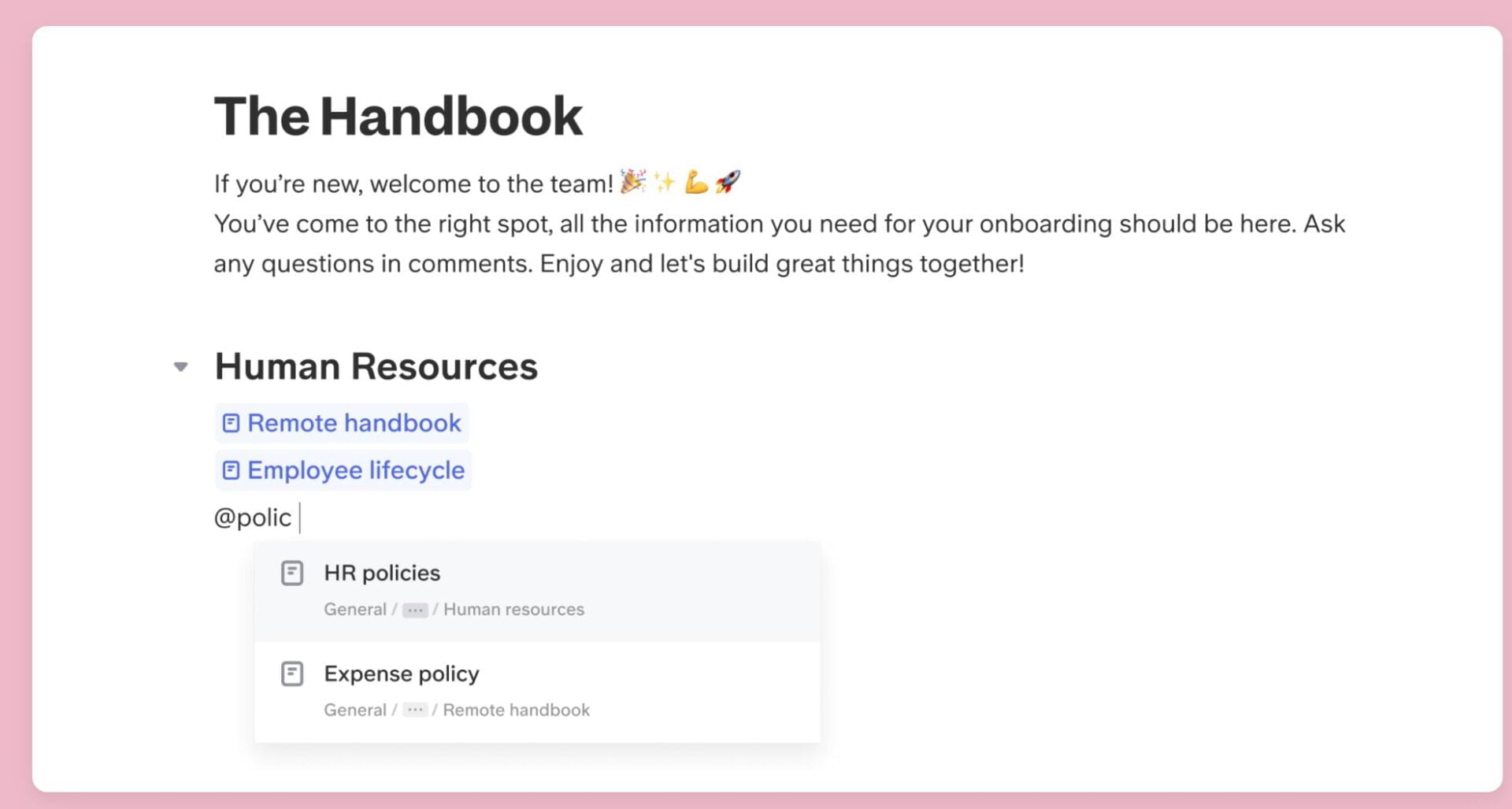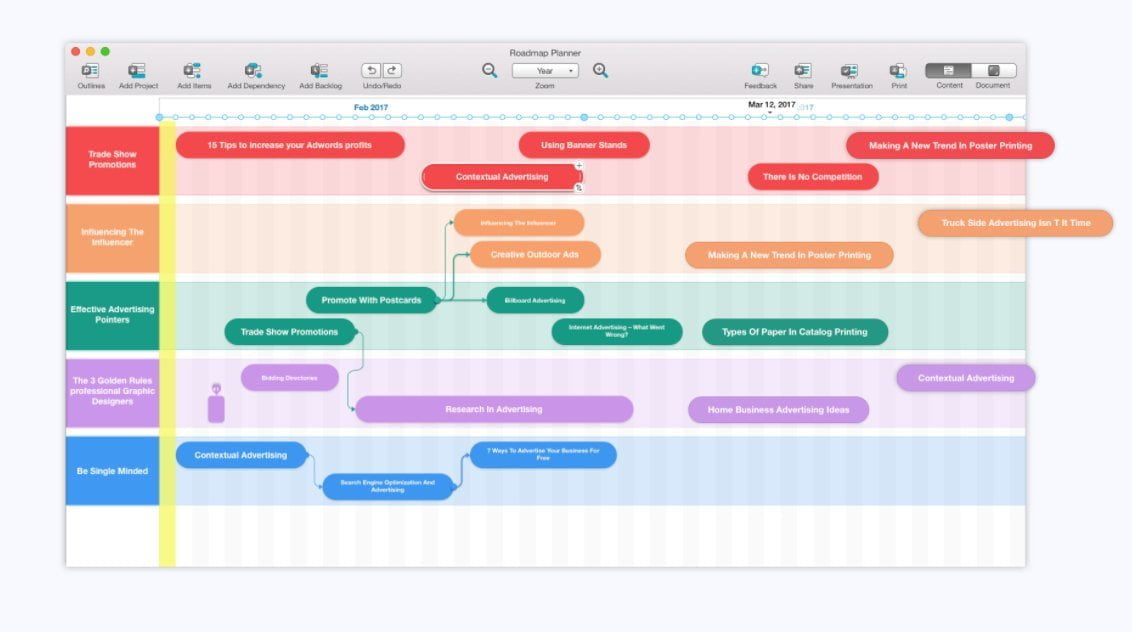Effectiveness Of Using The Company Wiki For Team Collaboration
by Arina Smith Management 21 September 2021

A company Wiki is a tool that can be used for sharing and collaborating within the company. Many businesses can find benefits from using wikis to collaborate when miles apart or like in today’s world where the pandemic has left many people working remotely from their homes.
There are plenty of ways that a company wiki can be used and the ongoing benefits that can come from using it for team collaboration.

With that in mind, this article will help you to understand what a company wiki is, and how it can help your business to develop its internal knowledge for every employee. The guide will also share the challenges that come from having a company wiki and how to implement a knowledge base system.
What Is A Company Wiki?
A company or corporate wiki is a type of knowledge management software that becomes an updatable source of information both internally and externally if required. The company operates this knowledge base system as a central database that is specific to the needs of your employees but can also provide answers to your customers too.
For many employees, the need for information can be essential, especially for new starters to the company. A company wiki can prove powerful for onboarding employees. It provides a single source for information that has everything the business needs, for effective collaboration and quality of work.
Shared knowledge can be a great way of ensuring all information is easy to access and not simply held by a member of staff who is absent when it’s needed the most. It’s a valuable asset and certainly an important one for businesses of all shapes and sizes.
The data on the wiki can be everything and anything that is deemed of value to employees. These could be digital assets, policies, and handy how-to guides for those needing assistance on certain projects.
It’s not unusual for these knowledge management platforms to move into the customer realm. It can be a useful resource for customers to find frequently asked questions or information that is helpful in moving them down the sales funnel. 47% of companies that have a KMS report increased sales as a result, so it can pay to have one in place.
How Does A Company Wiki Work?
Team wikis are a web-based platform and that makes them instinctive in how they perform. The content that’s shared on the platform can be cross-referenced and paired up together with what else it’s relevant to. As a shared resource, it’s one that can encourage collaboration.

A company wiki can be edited and organized in a way that benefits the company as a whole. If employees make changes to documents, they can easily do so. For any files that need changes and updates, file changes can be published immediately without having to go through any hierarchy.
When building a company wiki, it’s important to know what the needs are for the business and what shared information might be missing.
What Are The Benefits Of Using A Company Wiki?
There are many advantages that come from building a company wiki from scratch. It can be helpful to speak to your employees in order to get an understanding of what needs including. If you need further convincing on the benefits of this platform, then here are some key opportunities that come from it.
Collaboration For Employees
Teamwork is very important for 37% of employees, as found by TeamStage and rightly so. Company collaborations on an internal level can provide a lot more engagement between departments and individual team members.
It can provide your employees with an organic method of growing company knowledge and sharing that knowledge amongst their peers. A company wiki can be a system that grows in strength and value as time goes on. It encourages employees to actively communicate with one another and to participate in decision-making as a collective.
This knowledge management system can provide transparency across departments and the individual team member’s available resources. The more shared knowledge there is, the better for your employees overall. Employee collaboration can build strong relationships within the workplace.
Real-Time Access To Information
One of the major benefits of using a company wiki is that it provides real-time access to the company’s information. As of February 2021, it was found that 52% of global employees work remotely once a week. This is likely a statistic that is a bit skewed due to the pandemic as many employees are still working from their own homes.

Remote working is likely here to remain for the long run. Many businesses may wish to adapt partly or completely operate as a remote working company. Company wikis thrive in remote working environments because it’s easily accessible for everyone, regardless of where they’re located or when they’re logging on.
Users of a company wiki can get the knowledge they need without having to wait for colleagues with that information to come back to them via email. Ultimately, a company wiki can help maintain pace and productivity within the workplace.
It’s Affordable To Create For Your Business
For any business, investment is important but it’s also something to be wary of. Any tools and software that you introduce to the company, need to offer a great return on your investment. A company wiki can be affordable to create within the business. There are many great platforms to take advantage of, many of which are likely to fit your budget and needs.
Affordability is important because you don’t want to be spending hundreds or thousands on tools and software that don’t work well for you. For start-ups alone, 29% of them will fail because they run out of money. Managing your money wisely is critical for a lot of businesses.
A knowledge management system can be useful for businesses of all sizes. Introducing one as a small business can avoid a lot of headaches further down the line because you’re sharing the knowledge from the get-go.
Challenges For Maintaining A Wiki
Company wikis can certainly be beneficial but they can have their challenges. In order to make knowledge management software effective, a lot of resources will be needed to begin with. As long as you put in the time and effort to build up the platform, that effort will pay off handsomely for your company.
Learning The Basics
Depending on the software you use, there will likely be training needed and that alone can be challenging. Not every employee will have the same skills needed to navigate the platform as efficiently as others would.
Shockingly, nearly 59% of employees claim to have no workplace training and that most skills are often self-taught. By not providing your staff with training, it can have a knock-on effect on your business and a misunderstanding of certain work processes.
As a company, if you introduce a knowledge management system, then dedicated project leaders will be valuable. They can ensure all your employees learn how to use the platform and iron out any problems they may have in those initial stages of training.
Any tool or software should be assisting the employee, rather than making it a hindrance. If it’s the latter, then it’s likely to spoil the employee’s productivity and efficiency within their role.
Structure Is Key
With many wiki systems, there’s often a lack of structure, which makes it difficult to keep up to date with documents and to weed out any outdated documents that may no longer be needed.
Outdated documents will also lead to a cluttered system that can make it more of an eyesore than anything of benefit. As new hires come into the business, navigating this company wiki can be difficult.
Having project managers and employees that share responsibilities in updating the software, should help in keeping it organized. It’s worth having search engine functionality available when it comes to a company wiki. That way, it helps employees track down the files they need quickly.
Workflow Integrations
Whilst some of the KMS options available will have integration options for better workflow, some might not offer everything. In order to streamline your business workflow, it’s good to have software that integrates with other applications.
According to Statista, 48% of enterprises can reduce their operating costs through automation and streamlining existing business processes. Software that doesn’t provide the integrations you need, might end up being more of a hassle than a help.
These are all challenges that can certainly be overcome as a business. It’s all about selecting the right software for your business requirements and contributing the efforts needed to build up the knowledge base. By maintaining the structure and updating the data within the software regularly, it will function a lot more effectively.
How To Implement A Knowledge Management System
If you’ve been thinking about implementing a KMS, then it’s worthwhile knowing how to implement it in the best way. By following these tips, you’ll hopefully have a system in place that revolutionizes the way your employee’s access, edit and share company information.
1. Establish Your Goals

Before you go about gathering any knowledge or information for the platform, it’s important to establish the goals and objectives you have for this software. Identify any concerns that you have or problem points in how the company currently shares knowledge. By finding these problem areas, you’ll be able to justify the implementation of the KMS to any higher-level employees that are responsible for signing it off.
Other goals may be to improve employee onboarding, better customer experience, etc. The list can be endless when it comes to using a knowledge management system.
2. Involve Leadership
The next thing you want to do is actively involve the right people when it comes to implementing the software. This will make sure that the KMS fulfills any goals you have because the right project leaders are in place. There will be certain staff members who will be more organized and skilled to introduce this type of software to the business than others.
3. Gather Information
Gathering information is certainly essential in order to load on all the necessary knowledge needed for the business. This means approaching all staff members and retrieving the information needed. Active involvement in the gathering of information may take time, especially as every department may need to sacrifice some of their time to dedicate to this task.
4. Build An Implementation Roadmap
A roadmap or timeline can be great for implementing the software. It can help provide a beginning, middle, and end so that decisions are made quickly and tasks are delegated to all those involved in the process.

5. Maintain The Company Wiki With A Regularly Scheduled Update
Lastly, your company wiki requires regular updates to keep it organized and efficient. With that being said, it’s worthwhile to have a regularly scheduled update every so often and that’s introduced from the beginning.
Having that in place will help avoid any cluttering of the system and outdated information that could cause confusion to existing staff members and new starters.
A Company Wiki Is Effective For Team Collaboration
There are many benefits that come from having a company wiki. It can prove to be a powerful resource for all employees that need access to information. There’s a lot of growth that a KMS can provide in terms of collaboration between staff. As it’s accessible in real-time, it doesn’t slow down the productivity of the business and can help improve it where needed.
Introducing a KMS can be easy when you’ve done the research to find the right one and by using the steps above to implement it successfully.
Read Also:







































































































